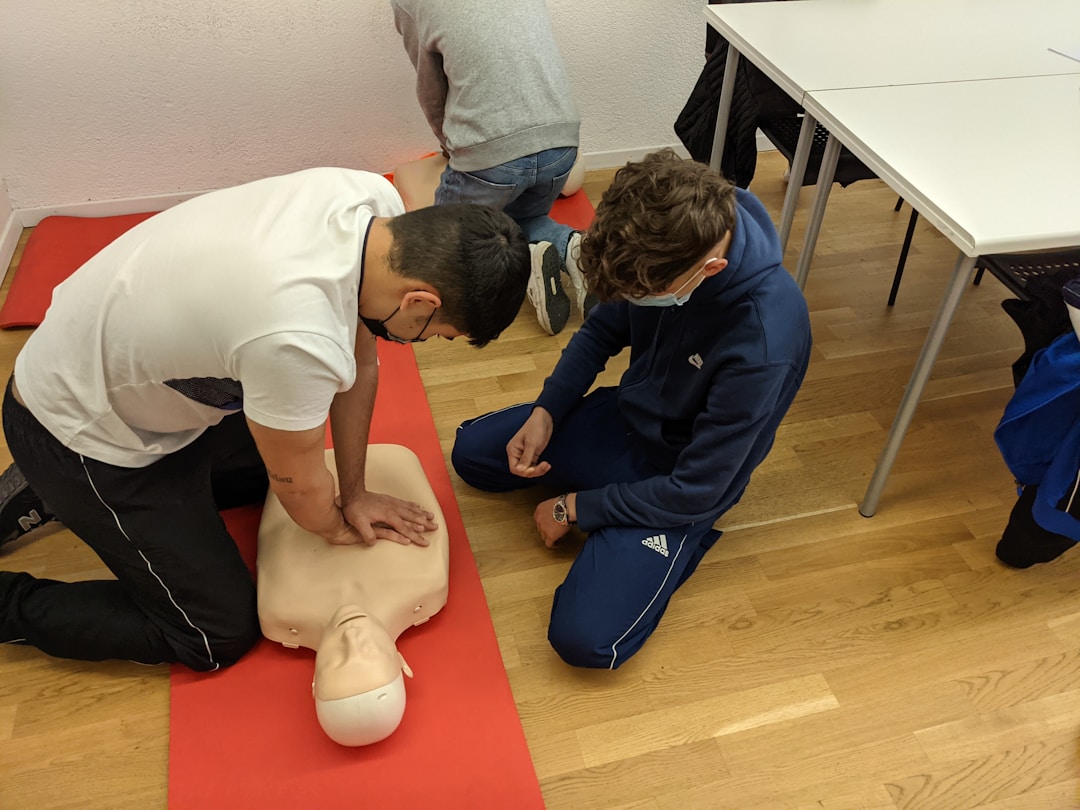
How CPR Training Empowers Communities
Every second matters when a cardiac emergency strikes. Without immediate intervention, survival chances drop significantly before professional help arrives. Bystanders equipped with CPR training become critical responders, bridging the gap between an emergency and medical assistance. Below, we will explore the life-saving impact of CPR training, how it builds confidence in emergencies, and its role in strengthening community resilience.
The Life-Saving Impact of CPR Training

Cardiac arrest can occur without warning, leaving victims with mere minutes before irreversible damage sets in. Prompt CPR can double or even triple survival rates, making trained individuals invaluable assets in their communities. Learning these techniques equips people with the knowledge to provide immediate assistance while waiting for emergency medical personnel.
Public places such as schools, offices, and shopping centers are common settings for medical emergencies. Without trained individuals nearby, victims are left vulnerable to prolonged oxygen deprivation. Widespread CPR training ensures that bystanders can act effectively rather than waiting helplessly for professional responders.
Online resources make it easier than ever to acquire this crucial skill. Interested individuals can search online for “CPR and First Aid Training Baltimore, MD” to find local courses that provide hands-on instruction. With access to training, more people can intervene during emergencies, reducing preventable fatalities.
CPR is not just about chest compressions; it involves recognizing symptoms and responding appropriately. Immediate action can mean the difference between life and death, making training essential to public safety. Encouraging participation in CPR programs enhances preparedness within neighborhoods, workplaces, and public settings.
Building Confidence to Act in Emergencies

Fear and hesitation often prevent bystanders from stepping in during a crisis. CPR training eliminates uncertainty by providing individuals with structured, step-by-step instructions on what to do. When people feel confident in their skills, they are far more likely to respond swiftly in an emergency.
Practical simulations in training courses reinforce muscle memory. Repetition allows individuals to perform compressions effectively without second-guessing their actions. These exercises create familiarity, ensuring a responder remains calm under pressure when every second counts.
Understanding the mechanics of CPR fosters a sense of responsibility. Trained individuals recognize their role in the chain of survival and embrace the importance of immediate action. This confidence transforms passive bystanders into proactive lifesavers in their communities.
Certification courses also provide experience in using automated external defibrillators (AEDs). These devices in many public areas greatly enhance survival rates when used correctly. A person trained in CPR and AED usage becomes an invaluable asset in critical situations.
Strengthening Community Resilience Through CPR Education
Widespread CPR education creates communities that are better prepared for medical emergencies. Training programs empower individuals to take collective responsibility for public safety. When more people are trained, the likelihood of a timely response increases, improving overall survival rates.
Neighborhoods benefit when CPR skills are integrated into schools, workplaces, and local organizations. Teaching these techniques to students, employees, and volunteers strengthens a community’s ability to handle crises. Emergency preparedness becomes a shared priority, ensuring a safer environment for everyone.
Communities with high CPR participation rates experience tangible benefits beyond individual survival stories. Increased awareness fosters a culture of proactive intervention, where individuals look out for one another. This shift in mindset transforms entire populations into networks of capable responders.
Municipalities and health organizations play a key role in promoting training initiatives. Offering free or low-cost CPR courses encourages widespread participation and ensures accessibility. Strengthening public education on lifesaving techniques builds a foundation for long-term community resilience.
Overall, CPR training equips individuals with the skills and confidence to act decisively in emergencies, transforming communities into safer and more prepared environments. Increasing accessibility to training ensures that more lives can be saved through quick, informed action.



